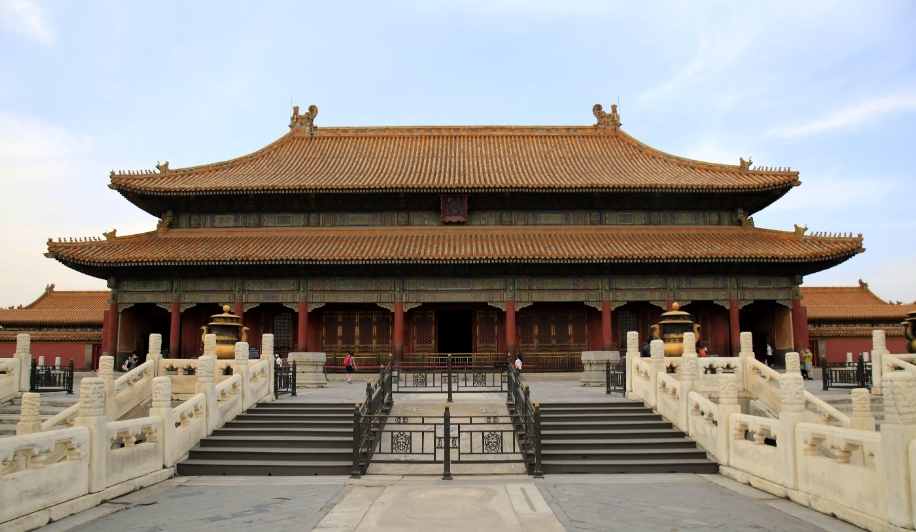
The Shifting Imperial Residence: Who Called Qianqing Palace Home?
The grand halls and ornate courtyards of the Forbidden City whisper tales of emperors and dynasties past. Among these architectural wonders, Qianqing Palace stands out, its name imbued with history and intrigue. Traditionally, it served as the bedchamber for Ming Dynasty emperors, a place of personal retreat within the vast imperial complex. However, the palace's story took an unexpected turn with the dawn of the Qing dynasty.
In 1644, after years of rebellion, Li Zicheng's Shun dynasty forces captured Beijing, driving the last Ming emperor to take his own life. The Forbidden City, once a symbol of imperial might, lay in ruins, scarred by the conflict and looted of its treasures. When the young Shunzhi Emperor, the first Qing ruler of China, entered the Forbidden City, he was met not with splendor, but with the stark reality of the recent turmoil. Restoration and rebuilding became an immediate priority.
While Qianqing Palace was among the structures slated for repair, a curious decision followed its refurbishment. Instead of taking up residence in the traditional imperial bedchamber, Shunzhi Emperor opted for the less opulent surroundings of Baohe Dian (Hall of Preserving Harmony), renaming it "Weiyu Gong" (Palace of Cultivating Harmony). This move, seemingly at odds with the expected protocol, was likely influenced by several factors.
The devastation within the Forbidden City would have been extensive, demanding considerable time and resources to fully erase the scars of conflict. Even with repairs, Qianqing Palace may not have been immediately habitable. Furthermore, the shadow of the Ming dynasty still loomed large. Choosing a different palace as his residence could have been a symbolic gesture, a way for Shunzhi to assert his own legitimacy and mark the beginning of a new era under Qing rule.
This situation, however, was not meant to be permanent. After thirteen years of meticulous restoration work throughout the Forbidden City, a sense of normalcy returned. In 1656, Shunzhi finally moved into the fully restored Qianqing Palace, fulfilling its traditional role as the emperor's personal chambers. This move signaled the Qing dynasty's firm establishment and its embrace of the Forbidden City's legacy.
Though briefly sidelined, Qianqing Palace ultimately resumed its position at the heart of imperial life, becoming the living quarters for subsequent Qing emperors like Kangxi and Yongzheng. This period of transition reveals a fascinating chapter in the Forbidden City's history, demonstrating how even amidst upheaval, tradition and pragmatism eventually found a harmonious balance.
Q&A
1. Why didn't the Shunzhi Emperor immediately move into Qianqing Palace?
The Shunzhi Emperor chose not to immediately occupy Qianqing Palace due to the extensive damage inflicted upon the Forbidden City during the transition of power. Though the palace was repaired, he opted for the already habitable Baohe Dian while the rest of the complex underwent restoration.
2. What was the significance of Shunzhi Emperor eventually moving into Qianqing Palace?
Shunzhi Emperor’s eventual move into Qianqing Palace after thirteen years symbolized the Qing dynasty's firm establishment and its embrace of the Forbidden City's historical legacy. It marked a return to normalcy and solidified the Qing's place as the new ruling power.
3. Did any other Qing emperors reside in Qianqing Palace?
Yes, following Shunzhi, subsequent Qing emperors, including Kangxi and Yongzheng, also resided in Qianqing Palace, further cementing its position as the principal imperial residence within the Forbidden City.
note: This return of all, without the author's permission, may not be reproduced